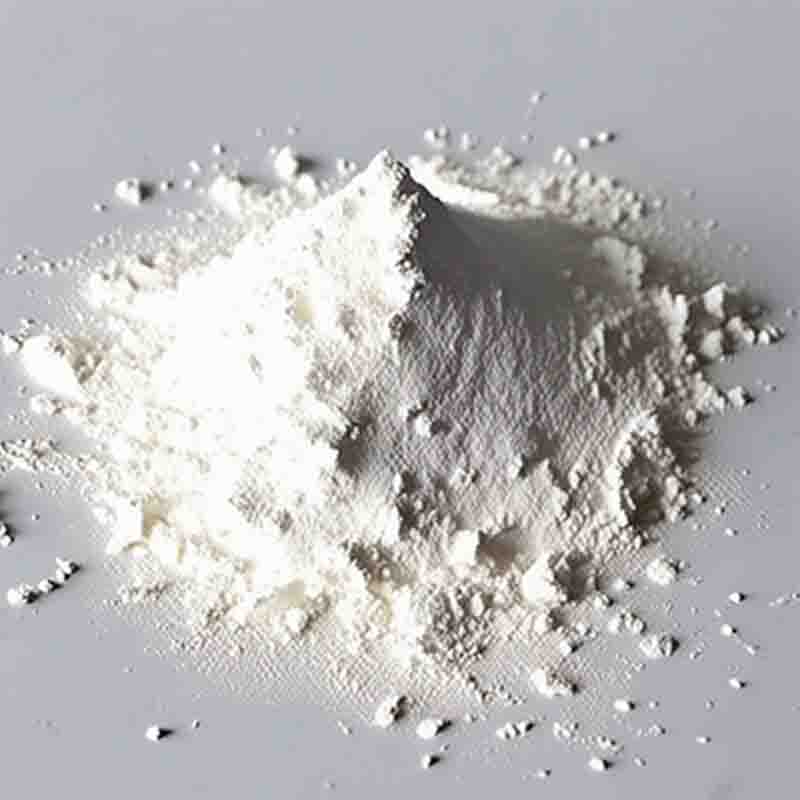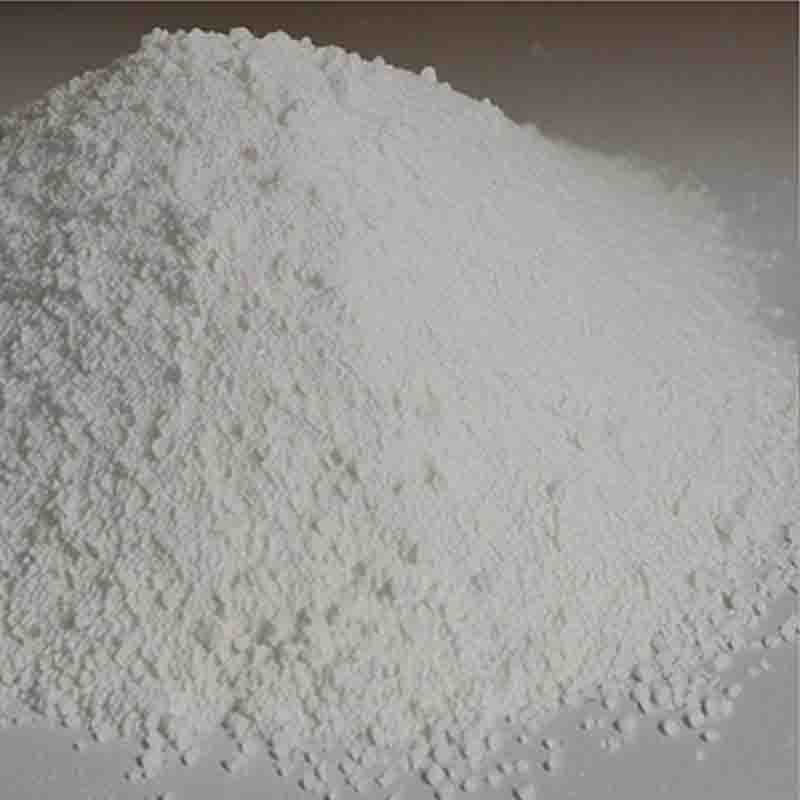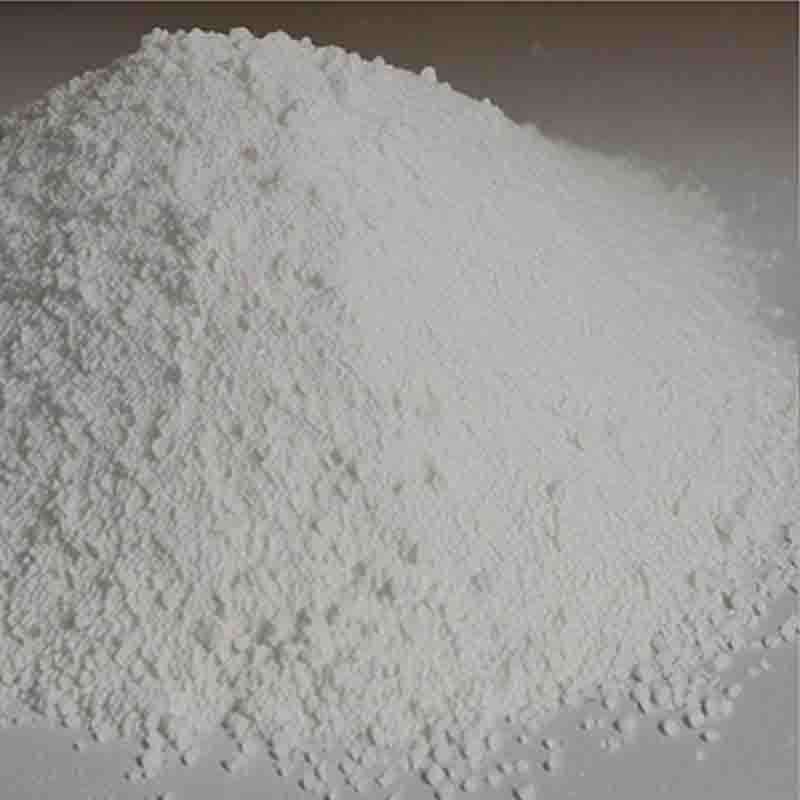6-(5-Chloro-2-pyridyl)-6,7-dihydro-7-hydroxy-5H-pyrrolo[3,4-b]pyrazin-5-one CAS:43200-81-3
| Catalog Number | XD95386 |
| Product Name | 6-(5-Chloro-2-pyridyl)-6,7-dihydro-7-hydroxy-5H-pyrrolo[3,4-b]pyrazin-5-one |
| CAS | 43200-81-3 |
| Molecular Formula | C11H7ClN4O2 |
| Molecular Weight | 262.65 |
| Storage Details | Ambient |
Product Specification
| Appearance | White powder |
| Assay | 99% min |
The compound 6-(5-Chloro-2-pyridyl)-6,7-dihydro-7-hydroxy-5H-pyrrolo[3,4-b]pyrazin-5-one, also known as "Compound X" for brevity, is a chemical compound with potential effects in various fields. Let's explore some of the notable effects and potential applications of this compound.One potential application of Compound X is in the field of medicine, particularly in drug discovery and development. This compound belongs to a class of molecules known as pyrazinones, which have been investigated for their pharmacological properties. Pyrazinones have shown potential in targeting specific receptors or enzymes involved in various diseases, including cancer, inflammation, and central nervous system disorders. Compound X's unique structure and functional groups may contribute to its ability to interact with these biological targets, opening doors for the development of novel therapeutic agents.Furthermore, Compound X may also exhibit antimicrobial properties. Studies have shown that pyrazinone derivatives, similar to Compound X, possess antimicrobial activities against a wide range of bacterial strains and fungi. These antimicrobial properties make this compound a potential candidate for the development of new antibiotics or antifungal agents, which could potentially help combat drug-resistant microbes.In addition to its potential in medicine, Compound X's structural features may also make it suitable for use in materials science and catalysis. The presence of the pyridyl and pyrrolo moieties could allow this compound to act as a ligand for metal ions, facilitating the formation of coordination complexes. These complexes could potentially exhibit interesting electronic, optical, or catalytic properties, making Compound X a promising candidate for materials development and catalysis research.Furthermore, understanding the physical and chemical properties of Compound X can contribute to its potential applications in other areas, such as agriculture and environmental sciences. For example, knowing its solubility, stability, and degradation pathways could aid in the development of more effective agrochemicals and environmentally friendly pesticides.In summary, Compound X, with its unique structure, holds potential in numerous fields due to its diverse effects and properties. Its potential applications span from medicine, including drug development and antimicrobial therapy, to materials science and catalysis. Nonetheless, further research is required to fully explore and understand the effects, mechanisms of action, and synthetic pathways of this compound, paving the way for its practical applications in various industries.


![6-(5-Chloro-2-pyridyl)-6,7-dihydro-7-hydroxy-5H-pyrrolo[3,4-b]pyrazin-5-one CAS:43200-81-3 Featured Image](https://cdn.globalso.com/xdbiochems/白色粉末1925.jpg)
![6-(5-Chloro-2-pyridyl)-6,7-dihydro-7-hydroxy-5H-pyrrolo[3,4-b]pyrazin-5-one CAS:43200-81-3](https://cdn.globalso.com/xdbiochems/粉末1940.jpg)





